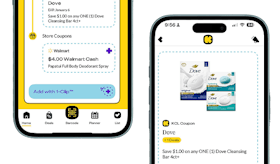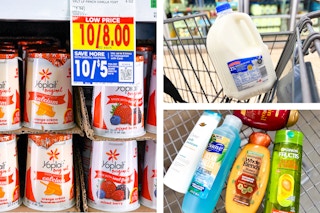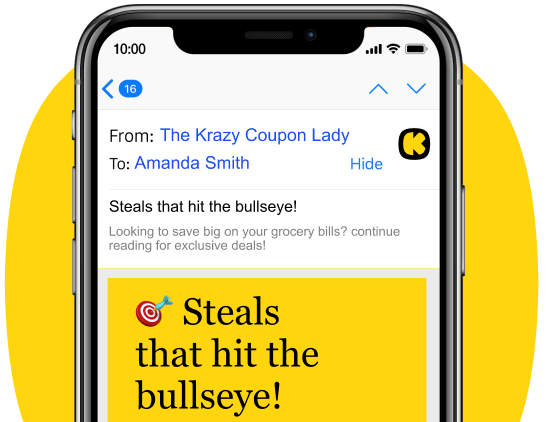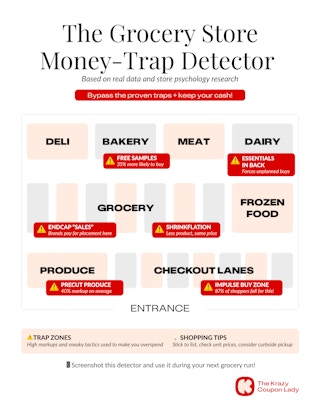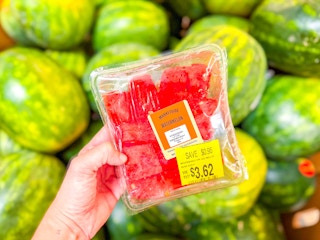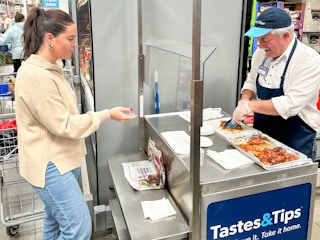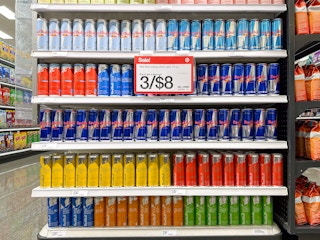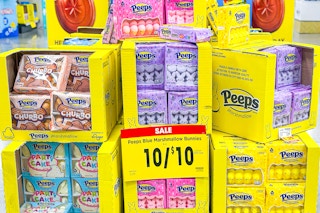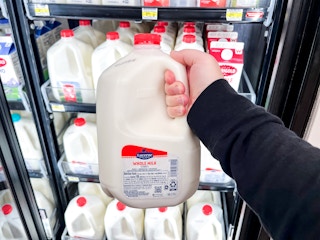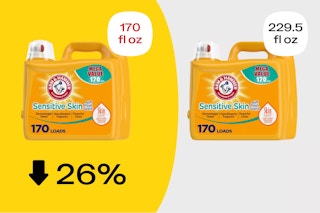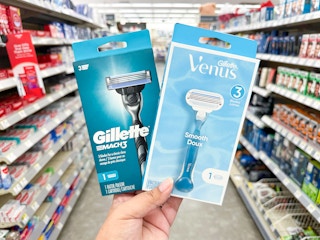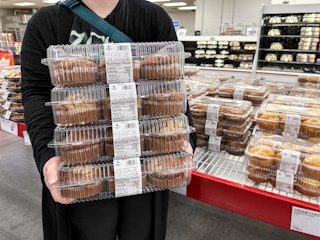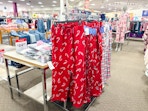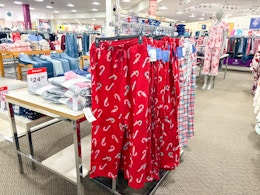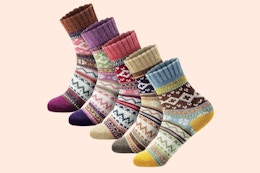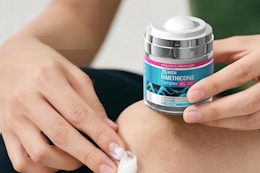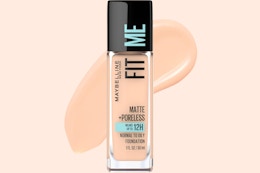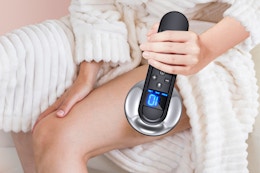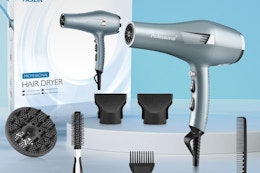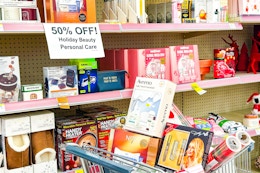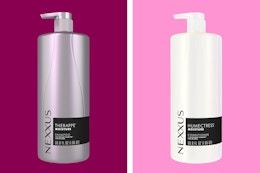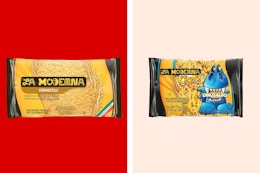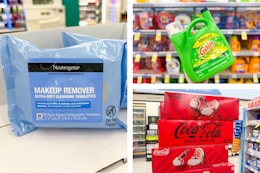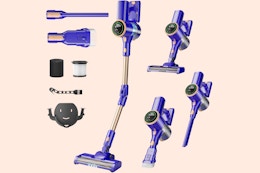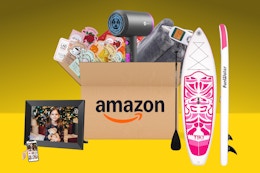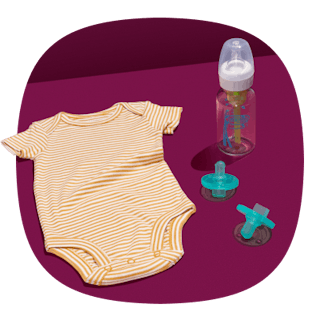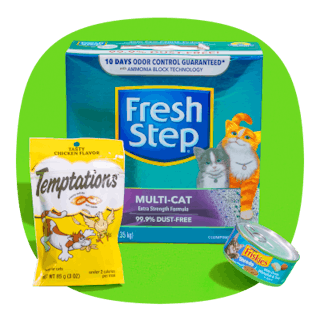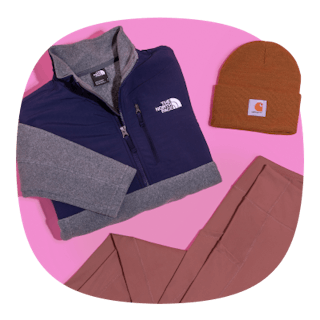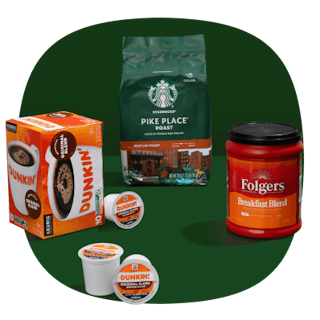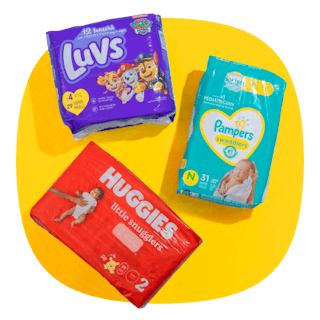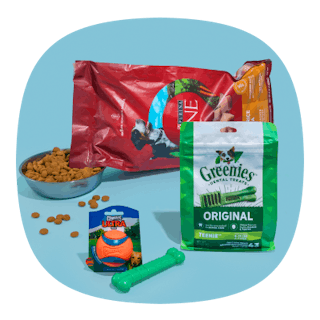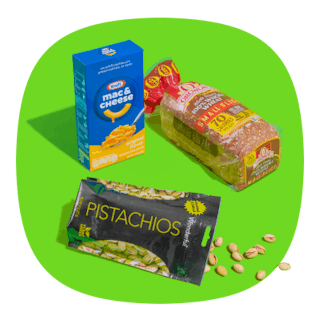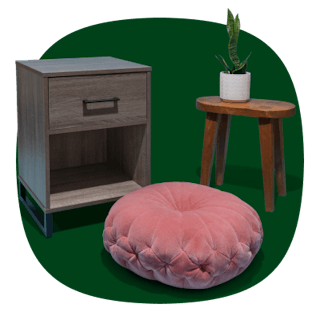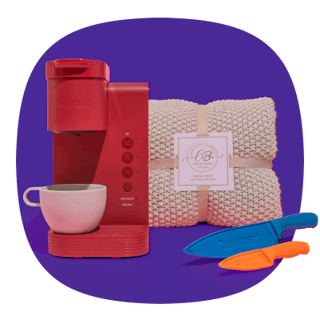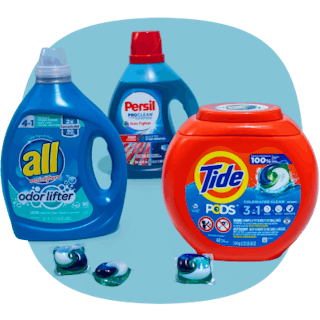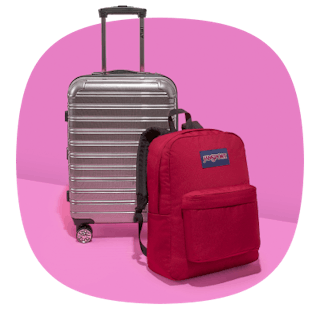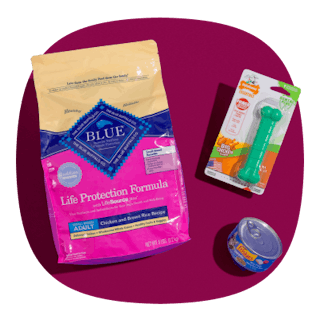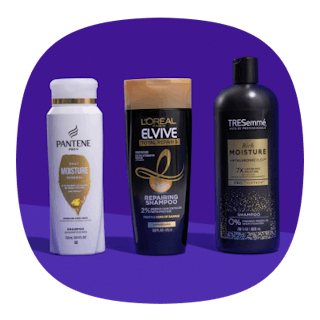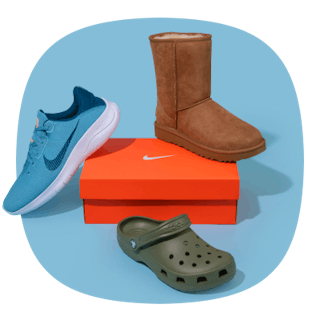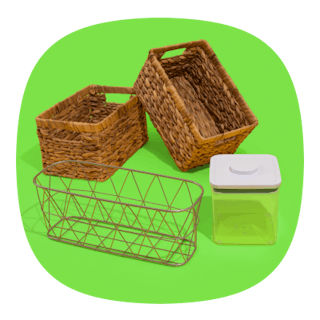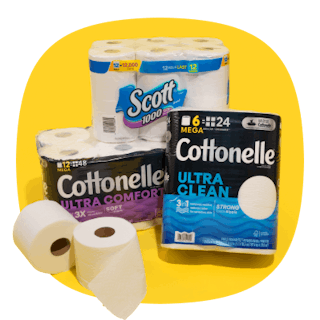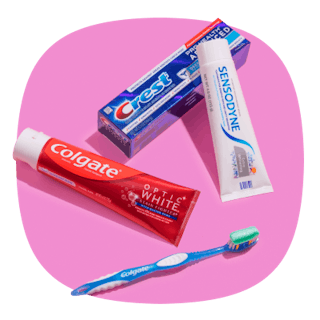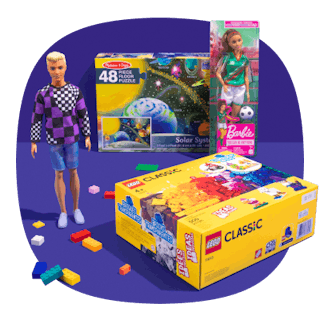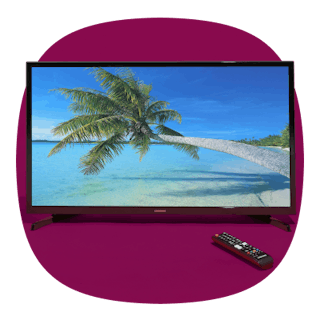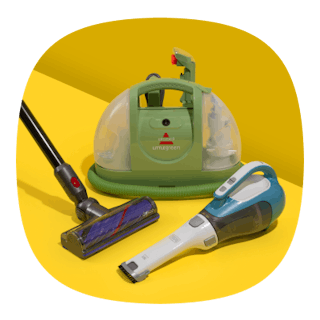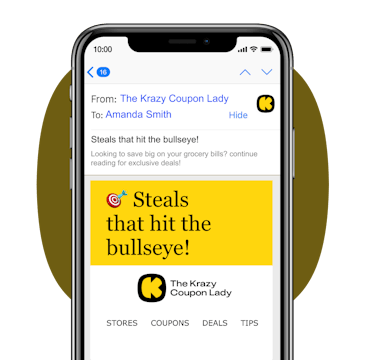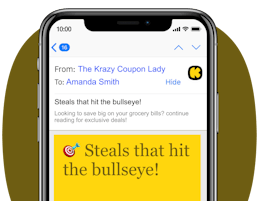Grocery stores aren’t just selling food; they’re running a finely tuned machine designed to get you to spend more money. From shelf placement to pricing psychology, there’s a science behind your overspending. Below are the traps that quietly drain your grocery budget, and what to do instead.
For more smart shopping tips and savings hacks, download The Krazy Coupon Lady app or text HACKS to 57299 .
Trap #1: Precut Produce
That container of pineapple chunks or carrot sticks looks innocent enough and will probably only set you back a couple of bucks, right? Wrong.
Some reports have the markup of precut produce at 40%, but that figure gets even higher when you look at specific products. Precut watermelon at Walmart, for example, costs $4.58 per pound. A whole watermelon goes for $4.67, which works out to 0.47 per pound. That's nearly 10 times more expensive just to have someone else do the cutting.
Try This Instead: Buy whole fruits and vegetables, and spend 10 minutes on grocery day chopping and portioning them yourself. A $3 head of romaine lasts longer and gives you more servings than a $5 bag of pre-washed leaves. Doing this saves you a solid $20 - $30 a month with little effort.
Trap #2: “Healthy” Labeling
Whenever you spot the word "natural" or pictures of wheat or berries on a package, those are clues that you're being led to believe the product is healthier than it is. This is especially true for snacks, cereals, and beverages, and they're often more expensive.
This trickery has a name: Health washing. It makes you feel good about spending more on something that's not actually better for you. For example, at Target, a 32-ounce container of Chobani's Zero Sugar Greek yogurt costs $6.99 vs. $6.29 for the regular variety, which only has six grams of sugar per serving. So you're paying $0.70 extra (an 11% markup) to eliminate just six grams of sugar — about 1.5 teaspoons. That's already quite low for yogurt, but the "Zero Sugar" label makes you believe you're getting a major health upgrade.
Try This Instead:. Read the nutrition label, taking a closer look at added sugars, sodium, and preservatives to check if it’s actually a healthy option. Make it a habit to never assume that a “smart choice” logo means anything.
I’m also a big fan of the free Yuka app, which allows you to scan the barcode of any product and get a quick health score for the item, along with a breakdown of its positives and negatives.
Trap #3: Free Samples
Stores like Costco and Sam’s Club know exactly what they're doing with those sample booths. You go there to buy toilet paper until suddenly you’re rationalizing a $12 wedge of artisanal cheese you hadn’t planned on buying — all because of a tiny sample on a toothpick.
This is marketing in its purest form. Sampling increases the odds of a purchase by 35%, even when the product isn’t on sale.
Try This Instead: Take the sample, enjoy it, and walk away. If it truly wows you, add it to next week’s grocery list when you’ve budgeted for it.
RELATED: 50+ Companies That Actually Send Free Coupons When You Ask (We Tested Them)
Trap #4: Endcap “Sales”
While endcaps can be treasure troves for discounted items, they’re also premium real estate for catching a buyer’s attention.
Brands pay for placement there, so you’re seeing products that the store wants you to see. That’s why endcaps often have bright signs and big numbers. But don’t assume all that flash means you’re getting a good deal.
Try This Instead: Always compare unit pricing. That’s the small number on the shelf tag, and it measures the cost per ounce, pound, or count. It’s the best way to know if you’re getting actual value.
RELATED: How to Spot Grocery "Loss Leaders" — And Beat Supermarkets at Their Own Game
Trap #5: “10 for $10” and Multibuy Promos
You don't need five cans of beans, but the deal is “5 for $5.” Most shoppers buy all five because they think they won't get the deal if they purchase just one.
Grocery stores rely on perception here. They make you believe the discount is conditional on quantity, while it rarely is. Yep, most of the time, you can buy just one and still get the deal.
Try This Instead: Read the fine print on the price tag. If it says “no limit” or “$1 each,” buy only what you’ll actually use. Wasted food is wasted money, regardless of the price tag.
Trap #6: Putting Essentials in the Back of the Store
Have you ever noticed how the milk and eggs are always at the back of supermarkets? That’s no accident. Stores want you to wander, because the longer you’re in there, the more likely you are to grab just one more thing. What started as a quick milk run turns into $30 worth of chips, soda, and croissants you didn’t need.
Try This Instead: Stick to your shopping list. If you don’t need much, skip the cart. Grab a basket if you must, but even that option can tempt you into buying more. If you’re on a really strict budget, consider curbside pickup, as the best way to resist those bakery scents is to never go inside in the first place.
RELATED: We Track 100+ Grocery Prices Weekly - These Items Are Your Best Bet
Trap #7: The Checkout Aisle
You’re waiting in line, all set to check out, and there it is: $2 gum, $3 protein bars, and a $6 lint roller, which you’re now wondering if you really need. Welcome to the checkout lane, aka Impulse Buy Central. The little luxuries that surround the entire space seem harmless, but their markups are anything but. And retailers are quite literally banking on you getting that candy bar, as 87% percent of US shoppers have made impulse buys at checkout.
Try This Instead: Set a personal rule. Buy nothing from the checkout area. If you really need it, you can get it on your next trip. (Honestly, you’ll probably forget to buy it next time because you don’t actually need it. Money saved.)
Trap #8: Shrinkflation
You grab your usual box of crackers, but the box feels lighter than before. The box appears to be the same size, but there’s clearly less inside. You just spotted Shrinkflation at work.
Brands figure that if they raise the price, you might notice and not make the purchase as a result. Instead, they either make the package slightly smaller or remove a few ounces while keeping the box the same size, hoping you won’t catch on.
It’s a common tactic during inflation cycles, and we’re still seeing it. According to the KCL Price Tracker, Walmart used to carry Bounty Select-a-Size at 364 square feet, priced at $16.94. As of June 2025, that has shrunk to 332 square feet with the price remaining the same, meaning you’re paying more per square foot.
Try This Instead: Get in the habit of checking the net weight of products you buy often. Brands bank on you not noticing a 2-ounce difference. Also, compare similar products side by side. I’ve found that sometimes a store-brand version still offers the original size for a better price.
Trap #9: Decoy Pricing
Many grocery stores stock three versions of the same product. One cheap, one quite expensive, and one that feels like a nice compromise. This is intentional, and it’s called the decoy effect.
You were never going to buy the $14 option, but now the $9 version feels like a steal, even though it’s more than you usually spend.
Try This Instead: Set your spending target before you walk in. If you usually buy $5 shampoo, stick with it unless there’s a real reason to switch. Just because something feels reasonable next to a premium version doesn’t make it a good buy.
Trap #10: The Pink Tax
You walk into the store to grab razors. There’s a 5-pack for men and a 5-pack for women right next to it. Same brand, same blade count, nearly identical packaging, except the women’s version is pastel and three bucks more. Say hello to the pink tax.
Brands often charge more for products marketed to women, even when the formula is the same. Studies show women's products cost 13% more on average than similar men's products. And that adds up — it's estimated that women spend $2,300 more per year on products marketed specifically to women.
Try This Instead: Ignore the label and color, and compare products side by side. Check the price per ounce or per count. Eight times out of ten, the men’s version is the exact same thing for less money. Want body wash? Grab the sport scent if it saves you two dollars. Your wallet doesn’t care if it smells like sandalwood instead of shea butter.
Trap #11: The Illusion That Buying in Bulk Saves Money
Buying a large pack of something doesn't guarantee savings, especially if it spoils before you can use it all.
That 24-pack of string cheese seems like a great deal. But when six of them mold in the back of the fridge, you just paid a premium to throw food away.
Try This Instead: Just do a quick gut check. What is the price per item? Is the smaller size actually cheaper in the long run? And be honest: Are you really going to finish that giant tub before it goes bad? Bigger only saves you money if it doesn't end up in the trash.
Trap #12: New Item Placement Near Bestsellers
When a new product launches, it often appears alongside the most popular item in that category. That makes it feel like it belongs in your cart, even if it’s overpriced or totally unnecessary.
This happened to me recently when I noticed a new $6 yogurt, with a cool-looking label, right next to the $4 version I usually buy. My mind went, “Oh wow, that looks really good” until I noticed the price and said to myself, “Nice try, Safeway.”
Try This Instead: Scan the whole shelf, not just what’s front and center. The product you trust is probably still there. Don’t let novelty branding disrupt your routine unless there’s a compelling reason to switch.
Related Reading:
Download the KCL app to add and redeem coupons in store
